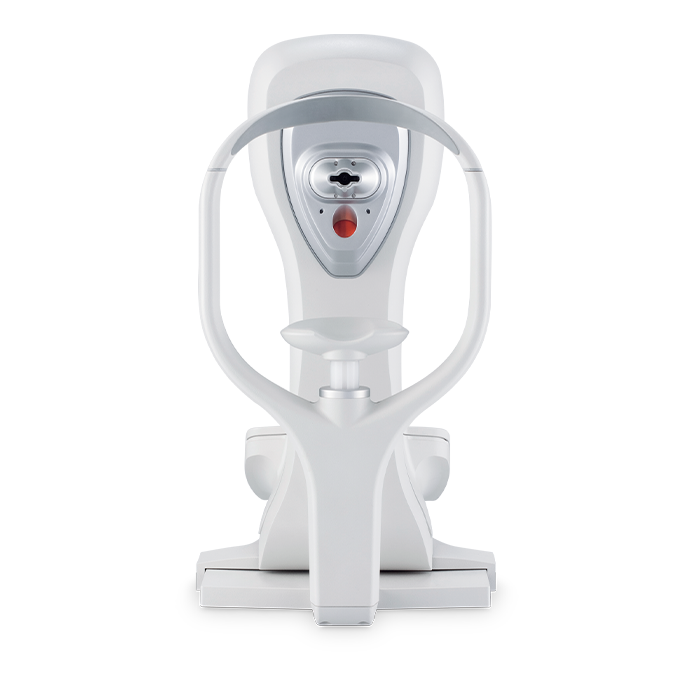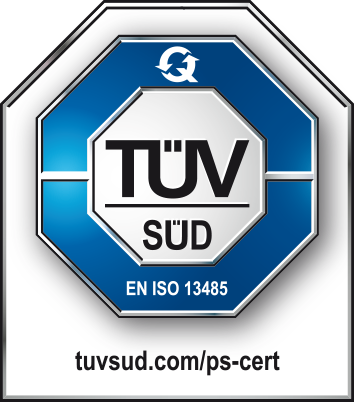OCULUS Corvis® STL: Corneal Visualization Scheimpflug Technology
The revolutionary Corvis® STL records the reaction of the cornea to a defined air pulse with a newly developed high-speed Scheimpflug-camera that takes over 4,300 images per second. IOP and corneal thickness can be measured with great precision on the basis of the Scheimpflug images.

Functions
New Measuring Technique
The new measuring technique uses an ultra-high-speed Scheimpflug camera in combination with an air pulse to determine IOP values with great precision. Initial studies have confirmed the high degree of reproducibility in comparison to that obtained by Goldmann applanation tonometry and non-contact tonometry.
The measurement principle employed here ensures results uninfluenced by such factors as insufficient tear film or patient positioning. Automatic release and specified measurement quality guarantee user-independent data. Up to 6 measurements can be taken, and the average IOP is printed out or displayed. IOP measurements can be corrected with the aid of pachymetry-based correction tables including the Dresden correction table and the new Spoerl correction table, which takes patient age into account.
Integrated Scheimpflug Camera
An integrated Scheimpflug camera enables the Corvis® STL to take precise measurements of corneal thickness. Integrated correction tables (Dresden, Ehlers …) also allow for correction of IOP measurements according to central corneal thickness. The Corvis® STL determines corneal thickness along the entire horizontal sectional plane as well as apical and minimal corneal thickness.
Corneal Visualization Scheimpflug Technology
The revolutionary Corvis® STL records the reaction of the cornea to a defined air pulse with a newly developed high-speed Scheimpflug-camera that takes over 4,300 images per second. IOP and corneal thickness can be measured with great precision on the basis of the Scheimpflug images.
Measurement and Display Options
- IOP measurement
- Measurement of the corneal thickness
- Scheimpflug images of the 1st and 2nd applanation of the cornea
- Slow-motion video of the corneal deformation as a result of the air pulse
- Non-contact tonometer in combination with an ultra-high-speed camera for visualization of the deformation of the cornea in reaction to an air pulse (4,300 frames / sec.)
Technical Data
| Measurement range | 6 – 60 mmHg |
| Measurement distance | 11 mm (0.4 in) |
| Inner Fixation Light | Red LED |
| Frame rate | 4 330 images per sec |
| Measurement range | 8.5 mm (0.3 in) horizontal coverage |
| Pachymeter measurement range | 300 – 1 200 μm |
| Measuring points | 576 per image (80 640 per examination) |
| Source of light | Blue LED (470 nm UV free) |
| Voltage | 100 – 240 VAC |
| Frequency | 50 – 60 Hz |
| Max. power consumption | 26 W |
| Dimensions (W x D x H) | 10.7 x 20.5 x 19.5 – 20.5 in |
| Weight | 30.8 lbs |
| Intel® Core™ i5 (Current Generation), 500 GB HDD, 8 GB RAM, Intel® HD Graphics, Windows® 10 |
Contact us!
Request a quote or contact us if you need further information.
Request a quoteContact requestHotline
Questions?
Get in touch with us.
Tel. +1 888 284-8004
